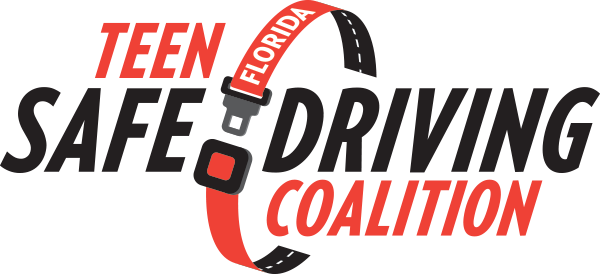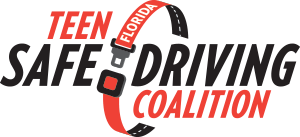
Aggressive Driving Infographic – How It Impacts Your Health & Driving
Aggressive driving is a major factor in U.S. traffic crashes, playing a role not just in well-publicized incidents of road rage, but in a large number of fatal highway collisions each year. The National Highway Traffic Safety Administration (NTHSA) defines aggressive driving as occurring when “an individual commits a combination of moving traffic offenses so as to endanger other persons or property.”
While aggressive driving is difficult to quantify, a 2009 study by the American Automobile Association attempted to identify behaviors associated with aggressive driving, based on data tracked by NHTSA’s Fatal Accident Report System (FARS). It found that aggressive driving played a role in 56 percent of fatal crashes from 2003 through 2007, with excessive speed being the number one factor. The following driver-related contributing factors in FARS were taken as indications that crashes may have involved aggressive driving:
- Following improperly
- Improper or erratic lane changing
- Illegal driving on road shoulder, in ditch, or on sidewalk or median
- Passing where prohibited
- Operating the vehicle in an erratic, reckless, careless, or negligent manner or suddenly changing speeds
- Failure to yield right of way
- Failure to obey traffic signs, traffic control devices, or traffic officers, failure to observe safety zone traffic laws
- Failure to observe warnings or instructions on vehicle displaying them
- Failure to signal
- Driving too fast for conditions or in excess of posted speed limit
- Racing
- Making an improper turn
Speeding
For more than two decades, speeding has been involved in approximately one-third of all motor vehicle fatalities, according to NHTSA. NHTSA provide guides, planners and information to law enforcement professionals and prosecutors to assist in the reduction of aggressive driving on its website). Speeding is at the top of the list of related factors for drivers involved in fatal crashes. In 2017, 8,856 drivers who were involved in fatal crashes (or almost 17 percent) were speeding. In addition, the Insurance Institute for Highway Safety (IIHS) has found that rising state speed limits over the past 25 years have cost nearly 37,000 lives, including more than 1,900 in 2017 alone. By 2019, 42 states had maximum speed limits of 70 mph or higher: on some portion of their roads, 22 states had maximum speed limits of 70 mph, and 11 states had maximum speed limits of 75 mph. Eight states had 80 mph limits, and drivers in Texas can legally drive 85 mph on one road, according to the IIHS.
Traffic congestion is one of the most frequently mentioned contributing factors to aggressive driving, such as speeding. NHTSA says that drivers may respond to traffic congestion by speeding, changing lanes often, or becoming angry at other drivers who they believe impede their progress. Some people drive aggressively because they are “running late” for work, school, or other appointment. Additionally, the anonymity of being in a vehicle can lead to drivers feeling less constrained in their behavior.
The increase in cases of rude and extreme driving behavior in recent years could be chalked up to the fact that there are more drivers driving more miles on the same roads than ever before, says NHTSA.
Source: https://www.iii.org/fact-statistic/facts-statistics-aggressive-driving

Infographic provided by Olivia Parker, a legal writer for Blair Ramirez in Los Angeles.

